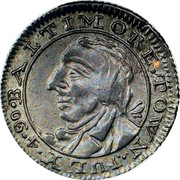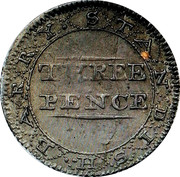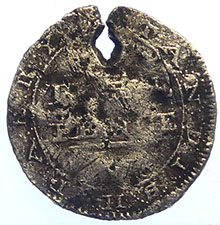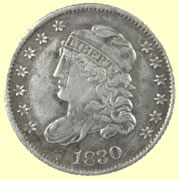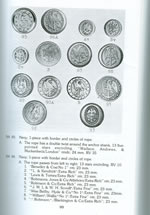

Metal detecting holidays in England with the World's most successful metal detecting club.20 years plus.
Twinned with Midwest Historical Research Society USA.
|
Colchester
has been a huge Army garrison town since the day of the Roman Empire
and still is. The CS Army were over here trying to drum up support for
their cause and to get military supplies. The old churches were tempting
tourist destination for foreign visitors where most of the coins have
been near. POW's from the Napoleonic era right up to W.W.II worked the
land and this was also used as a staging area for D Day. |
|||
|
|||
Mega rare American coin - only 20 known Commemorative issue |
|||
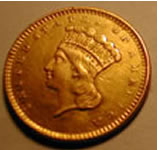 |
|||
|
1860's I dollar
gold coin - exact date is obscured by a blob of solder as these were
used extensively as jewelry items, i.e. tie pins and cufflinks |
|||
|
  |
||
| 1830 USA Liberty 5c coin | 1835 USA Liberty milled silver half dime | ||
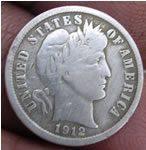 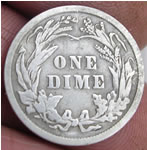 |
 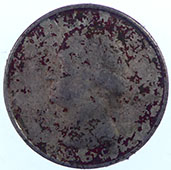 |
||
| 1912 USA Barber Dime | 1969 USA silver coin | ||
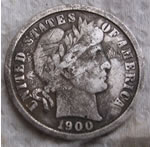 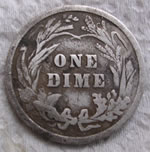 |
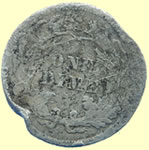  |
||
| 1900 USA Barber Dime | 1884 USA milled silver one dime | ||
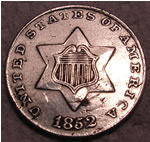 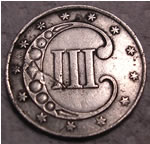 |
 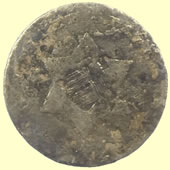 |
||
| 1852 USA 3 cents | USA silver 3 cent The three-cent silver, also known as the three-cent piece in silver or trime, was struck by the Mint of the United States for circulation from 1851 to 1872, and as a proof coin in 1873. Designed by the Mint's chief engraver, James B. Longacre, it circulated well while other silver coinage was being hoarded and melted, but once that problem was addressed, became less used. It was abolished by Congress with the Coinage Act of 1873. |
||
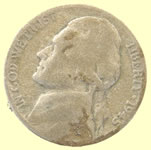  |
  |
||
| 1940's Jefferson silver nickle | Quarter silver coin | ||
  |
 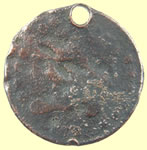 |
||
| USA Indian head one cent | 19thC USA half dime | ||
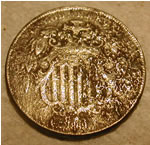 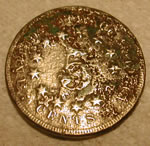 |
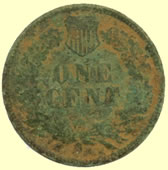  |
||
|
19thC USA
Shield Nickle
|
1882 USA Indian head milled copper one cent |
||
  |
  |
||
|
19thC USA One dollar Indian gold forgery ? |
1934 USA
Indian head USA 5 cents |
||
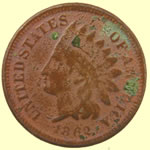 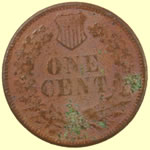 |
|||
1862 USA indian head 1 cent |
|||
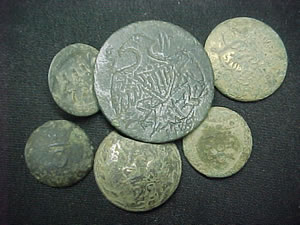 |
|||
|
Revolutionary War Washington Eagle Button . Rare
find. |
|||
 |
 |
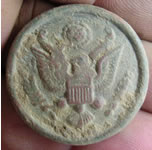 |
 |
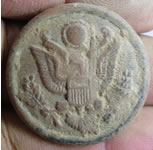 |
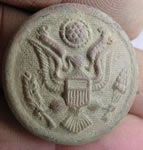 |
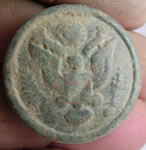 |
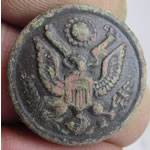 |
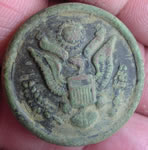 |
 |
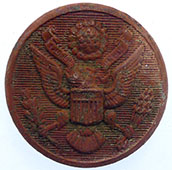 |
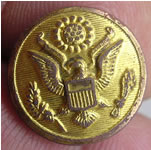 |
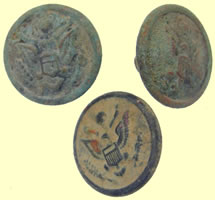 |
|||
|
1902 to present
USA army buttons |
|||
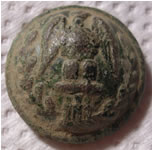 |
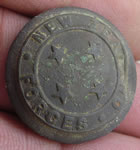 |
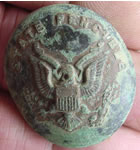 |
|
|
USA Eagle ? |
WWII
New Zealand Forces button |
The states of Pennsylvania and New York had a "State Fencible" military unit. (Sort of a State Militia regiment). They date from the War of 1812 and onward into the 2Oth-century. For example, they served in the Spanish-American War. Your button is shown as PA45 in Alphaeus Albert's button-book ("Record of American Uniform and Historical Buttons, with Supplement")
|
|
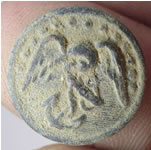 |
 |
 |
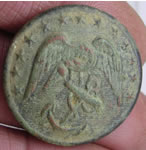 |
|
USA Marine button 1941 - 1960 |
Not a CSA button |
USA
Georgia state button |
USA Marines button Boston Elevated Bowe & Seligman as a backmark from 1880's to 1920 |
 |
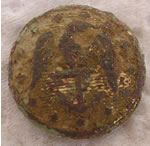 |
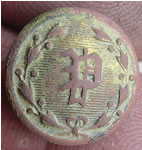 |
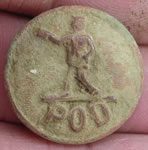 |
|
CANADA
Canadian Pacific SS Line In use 1901 - 1930's Early Version Maker - Unknown |
US Navy button |
U.S. late 1800's
early 1900's police button |
USA Post Office
Dep't |
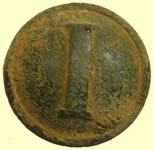 |
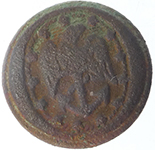 |
 |
|
| Civil war buutton | Pre Civil war Navy button | 18thC Navy button | |
Canadian coins |
|||
 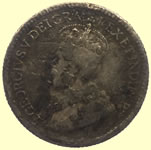 |
  |
||
| 1920 Canadian milled silver 5 cents | 1910 Canada Edward VII milled silver 5 cents | ||
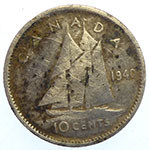 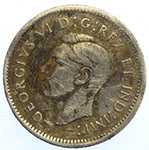 |
  |
||
| 1940 Canadian George VI milled silver ten cents | 1902 Canadian milled silver 5 cents | ||
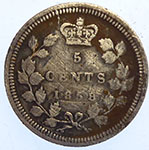 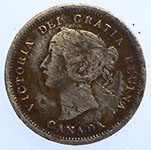 |
|||
| 1858 Canadian Victoria 5 cents | |||
Badges |
|||
 |
 |
||
| WWI Canada machine gun regiment | |||
 |
 |
||
| WWI lapel badge | USA tag | ||
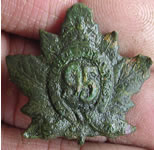 |
|||
| 95th Canadian Infantry Battalion | |||
 |
|||

